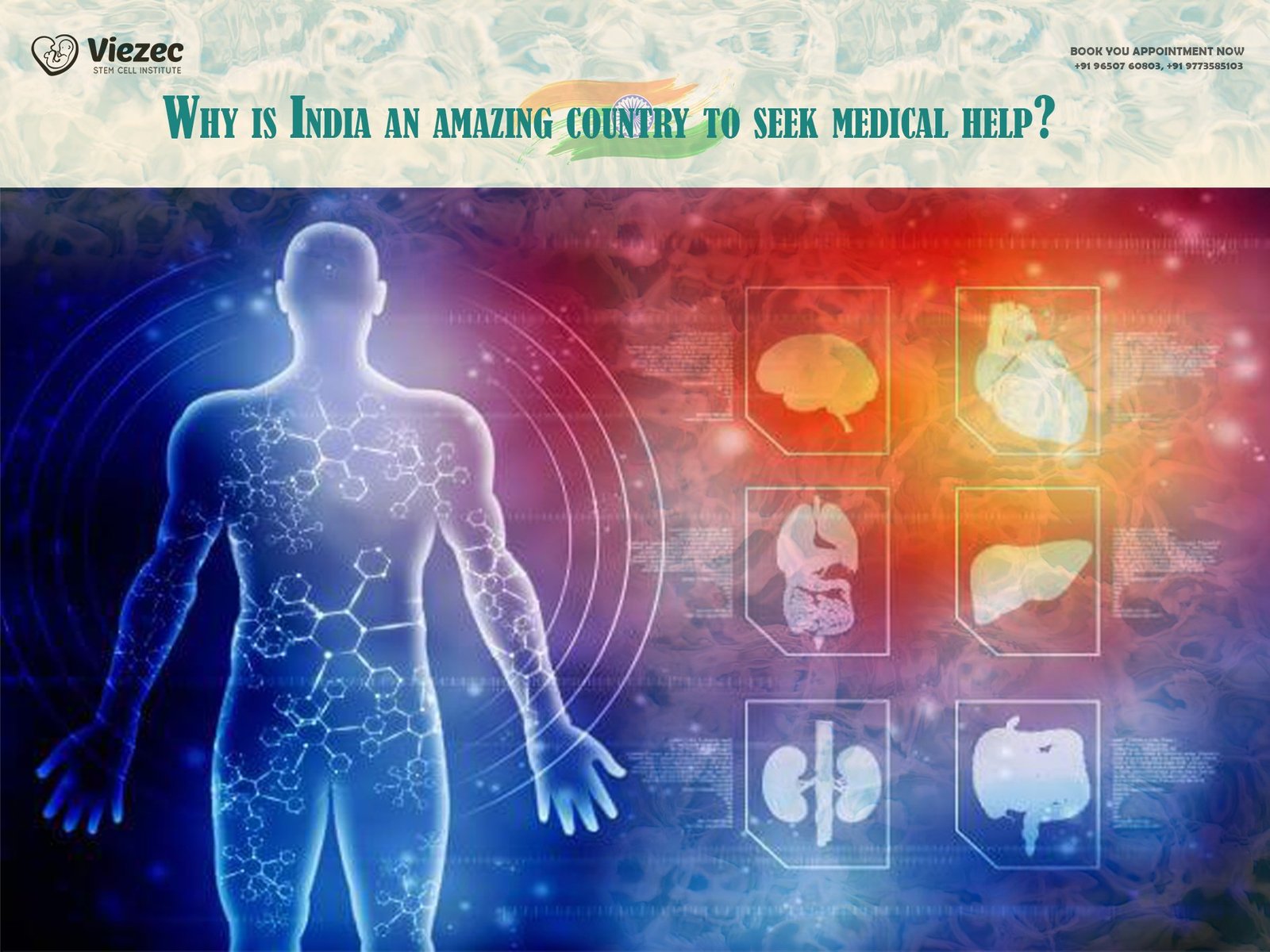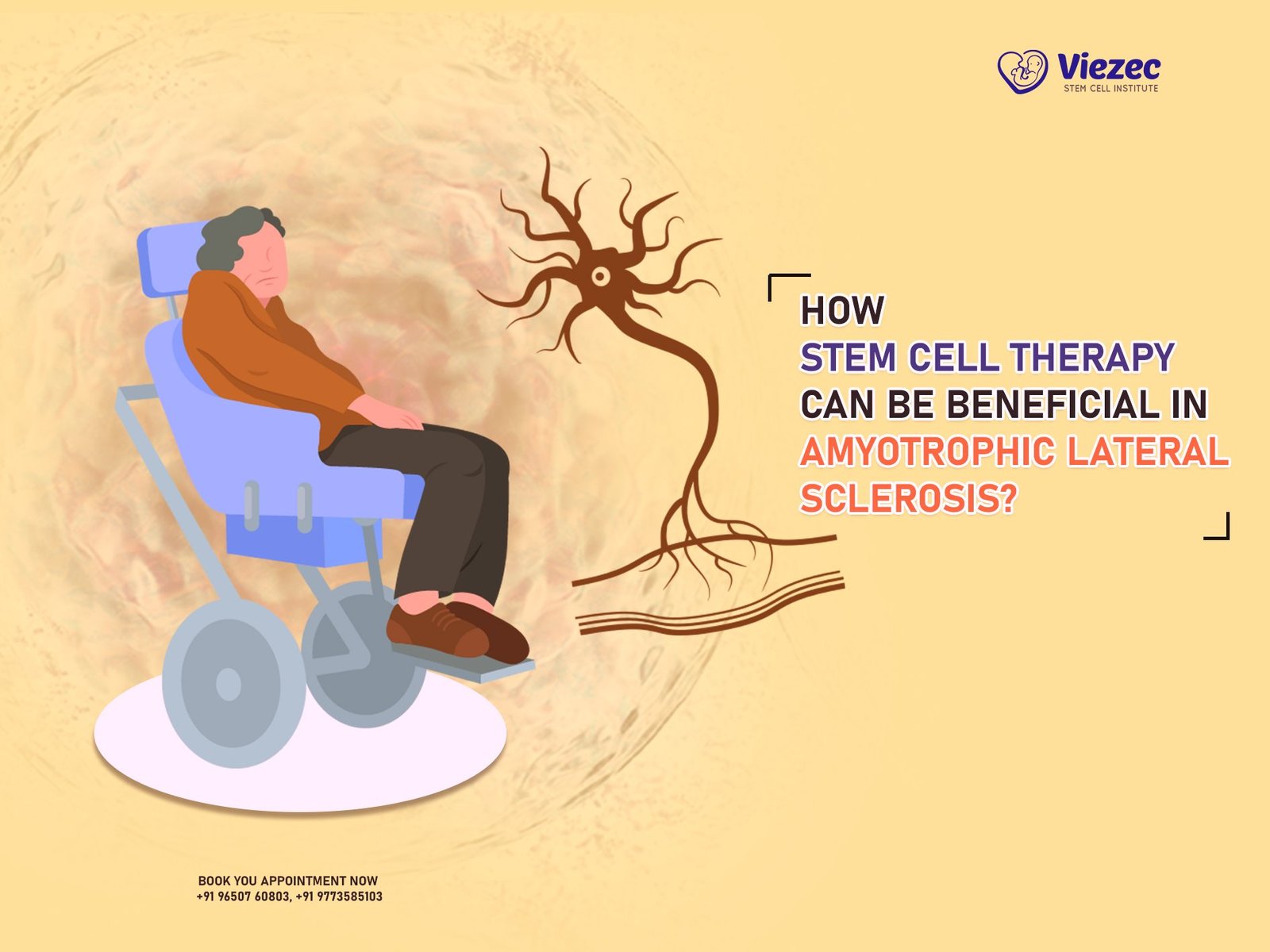Diabetes is a chronic health condition that affects millions of people worldwide. It occurs when the body cannot properly regulate blood glucose levels, leading to hyperglycemia. The disease is categorized primarily into Type 1 and Type 2 diabetes, each with distinct pathophysiologies and treatment approaches. Understanding the intricacies of diabetes is crucial for developing innovative therapies, including stem cell treatments that could potentially offer a cure or significant relief for patients.
Overview of Diabetes Types
Type 1 diabetes, often diagnosed in childhood, is an autoimmune condition where the immune system attacks insulin-producing beta cells in the pancreas. As a result, patients require lifelong insulin administration to manage their blood glucose levels. Type 2 diabetes, more prevalent in adults, is characterized by insulin resistance and eventual beta-cell dysfunction. This type is often associated with obesity, sedentary lifestyle, and genetic factors. Both types of diabetes necessitate ongoing management and can lead to severe complications if not adequately controlled.
Current Treatment Options and Limitations
Current treatments for diabetes primarily focus on managing blood glucose levels. For Type 1 diabetes, insulin therapy is essential. Patients use rapid-acting, intermediate-acting, and long-acting insulin to mimic the body’s natural insulin production. In contrast, Type 2 diabetes management includes lifestyle modifications, oral medications like metformin, and sometimes insulin. Despite these treatments, many patients struggle to maintain optimal blood glucose levels, leading to complications such as cardiovascular disease, neuropathy, and retinopathy. This highlights the need for more effective and potentially curative treatments.
Understanding Stem Cells
Stem cells have the remarkable potential to develop into various cell types in the body during early life and growth. They also serve as an internal repair system, dividing without limit to replenish other cells. Given their unique regenerative capabilities, stem cells are being extensively researched for their potential to treat a myriad of diseases, including diabetes.
Definition and Types of Stem Cells
Stem cells are undifferentiated cells capable of giving rise to various specialized cells. There are two primary types: embryonic stem cells (ESCs) and adult stem cells. ESCs, derived from early-stage embryos, can develop into almost any cell type, making them pluripotent. Adult stem cells, found in various tissues like the bone marrow, are multipotent and more limited in their differentiation potential. Another notable type is induced pluripotent stem cells (iPSCs), which are adult cells reprogrammed to an embryonic stem cell-like state.
Mechanisms of Stem Cell Differentiation
Stem cell differentiation is the process by which unspecialized stem cells become specialized cells with distinct functions. This process is regulated by a complex interplay of genetic and environmental factors. For instance, in the context of diabetes, researchers are exploring how to direct stem cells to become insulin-producing beta cells. This involves manipulating specific growth factors, signaling pathways, and transcription factors to mimic the natural development of beta cells in the pancreas.
Sources of Stem Cells
Stem cells can be sourced from embryos, adult tissues, and reprogrammed adult cells. Embryonic stem cells are obtained from early-stage embryos, often leftovers from in vitro fertilization procedures. Adult stem cells are harvested from tissues like bone marrow or fat. Induced pluripotent stem cells are created by reprogramming adult cells, such as skin or blood cells, to revert them to a pluripotent state. Each source has its advantages and limitations, influencing their application in regenerative medicine and diabetes treatment.
Pathophysiology of Diabetes
Understanding the pathophysiology of diabetes is essential for developing effective treatments. The disease’s progression involves a complex interplay of genetic, environmental, and lifestyle factors, leading to insulin dysfunction and chronic hyperglycemia.
Role of Insulin in Glucose Metabolism
Insulin is a hormone produced by beta cells in the pancreas. It plays a crucial role in regulating blood glucose levels by facilitating the uptake of glucose into cells for energy production or storage as glycogen. In Type 1 diabetes, the immune-mediated destruction of beta cells results in absolute insulin deficiency. In Type 2 diabetes, insulin resistance in peripheral tissues and eventual beta-cell dysfunction lead to relative insulin deficiency and chronic hyperglycemia.
Cellular Damage in Diabetic Patients
Chronic hyperglycemia in diabetic patients leads to cellular damage through several mechanisms, including oxidative stress, advanced glycation end-product (AGE) formation, and inflammation. These processes contribute to the development of diabetic complications such as neuropathy, nephropathy, and retinopathy. The cumulative cellular damage also impairs beta-cell function and exacerbates insulin resistance, creating a vicious cycle that complicates disease management.
Complications Arising from Diabetes
Diabetes is associated with numerous complications that significantly impact patients’ quality of life and life expectancy. Microvascular complications include retinopathy, nephropathy, and neuropathy, which can lead to blindness, kidney failure, and severe pain or numbness, respectively. Macrovascular complications involve cardiovascular diseases like heart attack and stroke. Effective management and novel therapies are essential to prevent or mitigate these complications and improve patient outcomes.
Stem Cells and Pancreatic Regeneration
Stem cell therapy holds promise for regenerating damaged pancreatic tissue and restoring insulin production, offering hope for a functional cure for diabetes. Research is ongoing to explore the feasibility and efficacy of using stem cells for pancreatic regeneration.
Beta Cell Destruction in Diabetes
In Type 1 diabetes, autoimmune destruction of beta cells leads to an absolute deficiency of insulin. This loss is irreversible with current treatments. In Type 2 diabetes, beta-cell dysfunction and loss occur progressively due to chronic hyperglycemia and insulin resistance. Restoring beta-cell mass and function is a critical goal for achieving long-term glycemic control in both types of diabetes.
Potential of Stem Cells in Beta Cell Regeneration
Stem cells have the potential to differentiate into insulin-producing beta cells, offering a renewable source of cells for transplantation. Researchers are developing protocols to direct stem cells, especially iPSCs and ESCs, to differentiate into beta cells. This involves mimicking the natural development process of beta cells using specific growth factors and signaling molecules. Successful differentiation and integration of these cells into the pancreas could restore endogenous insulin production.
Clinical Trials and Studies
Numerous preclinical and clinical studies are investigating the use of stem cells for diabetes treatment. Early trials have shown promising results, with some patients achieving insulin independence after receiving stem cell-derived beta cells. However, challenges remain, including ensuring the survival and functional integration of transplanted cells and preventing immune rejection. Ongoing research aims to refine these approaches and achieve consistent, long-term success in stem cell-based therapies for diabetes.
Stem Cells and Insulin Production
Harnessing the ability of stem cells to produce insulin is a critical focus of diabetes research. Successful differentiation of stem cells into functional beta cells and their integration into the patient’s pancreas are essential steps towards a potential cure.
Differentiation of Stem Cells into Insulin-Producing Cells
Differentiating stem cells into insulin-producing cells involves replicating the developmental cues that guide the formation of beta cells in the embryo. This process requires precise control of growth factors, transcription factors, and signaling pathways. Researchers have developed protocols to convert iPSCs and ESCs into beta-like cells capable of producing insulin in response to glucose. These advancements bring us closer to creating a reliable source of beta cells for transplantation.
Functional Integration of New Beta Cells
For stem cell-derived beta cells to be effective, they must not only produce insulin but also integrate functionally into the patient’s existing pancreatic tissue. This involves forming connections with blood vessels to receive glucose signals and releasing insulin appropriately. Successful integration ensures that the new beta cells can respond to physiological changes in blood glucose levels, maintaining normoglycemia and reducing the need for exogenous insulin administration.
Case Studies and Success Rates
Several case studies have reported successful outcomes in patients receiving stem cell-derived beta cells. These patients have shown improved glycemic control and reduced dependence on insulin injections. However, success rates vary, and long-term data are needed to assess the durability and safety of these treatments. Continuous monitoring and optimization of stem cell therapies are crucial to achieve consistent and widespread success in treating diabetes.
Stem Cell Therapy for Type 1 Diabetes
Stem cell therapy offers a novel approach to address the autoimmune nature of Type 1 diabetes. By modulating the immune response and regenerating beta cells, this therapy has the potential to provide a functional cure.
Autoimmune Nature of Type 1 Diabetes
Type 1 diabetes is characterized by an autoimmune attack on insulin-producing beta cells. The immune system mistakenly identifies these cells as foreign and destroys them, leading to insulin deficiency. Conventional treatments do not address the underlying autoimmune response, necessitating lifelong insulin therapy. Stem cell therapy aims to target this autoimmune component and restore endogenous insulin production.
Stem Cell-Based Immune Modulation
One approach to treating Type 1 diabetes with stem cells involves modulating the immune response to prevent further beta cell destruction. This can be achieved by using regulatory T cells (Tregs) or mesenchymal stem cells (MSCs), which have immunomodulatory properties. These cells can suppress the autoimmune attack and create a more favorable environment for beta cell regeneration. Combining immune modulation with beta cell replacement could offer a comprehensive treatment strategy.
Challenges and Innovations in Therapy
While stem cell therapy for Type 1 diabetes shows promise, several challenges must be addressed. These include ensuring the survival and function of transplanted beta cells, preventing immune rejection, and achieving long-term glycemic control. Innovations such as encapsulating beta cells in biocompatible materials to protect them from the immune system and gene editing techniques like CRISPR to enhance cell function are being explored to overcome these challenges.
Stem Cell Therapy for Type 2 Diabetes
Stem cell therapy also holds potential for treating Type 2 diabetes by addressing insulin resistance and promoting beta cell function. This approach could offer long-term benefits for patients struggling with conventional treatments.
Insulin Resistance in Type 2 Diabetes
Type 2 diabetes is characterized by insulin resistance, where the body’s cells become less responsive to insulin. This leads to chronic hyperglycemia and progressive beta-cell dysfunction. Current treatments focus on improving insulin sensitivity and supplementing insulin production. Stem cell therapy aims to target the underlying causes of insulin resistance and restore normal glucose metabolism.
Role of Stem Cells in Reducing Insulin Resistance
Stem cells, particularly MSCs, have been shown to improve insulin sensitivity through their anti-inflammatory and regenerative properties. MSCs can modulate the immune response, reduce inflammation, and promote tissue repair, thereby improving insulin signaling in peripheral tissues. Additionally, iPSCs can be differentiated into beta cells to enhance endogenous insulin production, addressing both insulin resistance and beta-cell dysfunction in Type 2 diabetes.
Long-Term Benefits and Studies
Studies on stem cell therapy for Type 2 diabetes are ongoing, with early results indicating potential benefits. Patients receiving MSC therapy have shown improved insulin sensitivity and glycemic control. Long-term studies are needed to evaluate the durability of these effects and the safety of repeated treatments. Continuous research and clinical trials will help establish stem cell therapy as a viable option for managing Type 2 diabetes.
Safety and Ethical Considerations
The use of stem cell therapies raises important safety and ethical considerations. Ensuring the safety and ethical integrity of these treatments is crucial for their acceptance and widespread use.
Risks Associated with Stem Cell Therapies
Stem cell therapies carry inherent risks, including the potential for tumor formation, immune rejection, and infection. Ensuring the purity and quality of stem cell preparations is essential to minimize these risks. Rigorous preclinical testing and clinical trials are necessary to establish the safety profile of each stem cell product. Long-term monitoring of patients is also crucial to detect and manage any adverse effects.
Ethical Issues in Stem Cell Research
Stem cell research, particularly involving ESCs, raises ethical concerns regarding the use of human embryos. The derivation of ESCs from embryos involves the destruction of potential life, which is controversial and opposed by some groups. Alternative approaches, such as using iPSCs or adult stem cells, help address these ethical concerns by avoiding the use of embryos. Transparent ethical guidelines and regulatory frameworks are essential to balance scientific progress with ethical considerations.
Regulatory Framework and Guidelines
Stem cell therapies are subject to stringent regulatory oversight to ensure their safety and efficacy. Regulatory agencies, such as the FDA in the United States, have established guidelines for the development and approval of stem cell treatments. These guidelines cover aspects such as manufacturing standards, preclinical testing, clinical trial design, and post-market surveillance. Adhering to these regulations is crucial to gain approval and ensure patient safety.
Advancements in Stem Cell Technology
Advancements in stem cell technology are driving progress in diabetes treatment. Innovations such as genetic engineering, iPSCs, and 3D bioprinting are opening new avenues for developing effective therapies.
Genetic Engineering and CRISPR
Genetic engineering techniques, including CRISPR-Cas9, allow precise modification of stem cell genomes. This enables researchers to correct genetic defects, enhance cell function, and improve the differentiation potential of stem cells. In diabetes research, CRISPR can be used to enhance the insulin-producing capability of stem cells or make them resistant to autoimmune attacks. These advancements hold promise for creating more effective and tailored stem cell therapies.
Induced Pluripotent Stem Cells (iPSCs)
iPSCs are derived from reprogramming adult cells to a pluripotent state, offering an ethical and versatile source of stem cells. iPSCs can differentiate into various cell types, including beta cells, providing a renewable source of cells for transplantation. Their patient-specific nature reduces the risk of immune rejection, making iPSCs a promising tool for personalized medicine in diabetes treatment.
3D Bioprinting and Tissue Engineering
3D bioprinting and tissue engineering technologies are revolutionizing regenerative medicine. These techniques enable the creation of complex tissue structures, such as pancreatic islets, using stem cells and biomaterials. Bioprinted tissues can mimic the natural architecture and function of organs, providing a platform for developing and testing new therapies. In diabetes research, bioprinting can be used to create functional beta cell clusters for transplantation, potentially offering a cure for diabetes.
Patient Selection and Treatment Protocols
Effective patient selection and treatment protocols are crucial for the success of stem cell therapies. Identifying suitable candidates and optimizing treatment regimens ensure the best outcomes for patients.
Criteria for Patient Eligibility
Not all patients with diabetes are suitable candidates for stem cell therapy. Eligibility criteria include factors such as the type and duration of diabetes, the presence of complications, and overall health status. Patients with Type 1 diabetes may benefit more from beta cell replacement, while those with Type 2 diabetes may respond better to therapies targeting insulin resistance. Thorough assessment and selection of patients are essential to maximize the benefits of stem cell treatments.
Pre-Treatment Assessments
Pre-treatment assessments involve comprehensive evaluation of the patient’s medical history, current health status, and diabetes management. This includes blood tests, imaging studies, and functional assessments to determine the extent of beta cell loss and insulin resistance. Pre-treatment evaluations help tailor the therapy to the patient’s specific needs and identify any contraindications or risk factors.
Post-Treatment Monitoring and Follow-Up
Post-treatment monitoring is critical to ensure the safety and efficacy of stem cell therapies. Patients require regular follow-up visits to assess glycemic control, monitor for adverse effects, and adjust treatment as needed. Long-term follow-up studies are necessary to evaluate the durability of the treatment and identify any late-onset complications. Continuous monitoring and support are essential for achieving optimal outcomes and improving the quality of life for diabetic patients.
FAQs
Q1: Can stem cell therapy cure diabetes?
Stem cell therapy holds the potential to significantly improve diabetes management and possibly offer a functional cure by regenerating beta cells and modulating the immune system. However, more research and clinical trials are needed to establish its long-term efficacy and safety.
Q2: Are there any risks associated with stem cell therapy for diabetes?
Yes, risks include potential tumor formation, immune rejection, and infection. Rigorous testing, quality control, and long-term monitoring are essential to minimize these risks.
Q3: Who is eligible for stem cell therapy for diabetes?
Eligibility depends on factors such as the type and duration of diabetes, overall health status, and the presence of complications. Thorough medical evaluation is necessary to determine suitability.
Q4: How can I learn more about stem cell therapy for diabetes?
For more information, visit us online or contact a specialized healthcare provider experienced in stem cell therapies and diabetes management. Continuous advancements and ongoing research will provide more insights and potential treatment options in the future.









